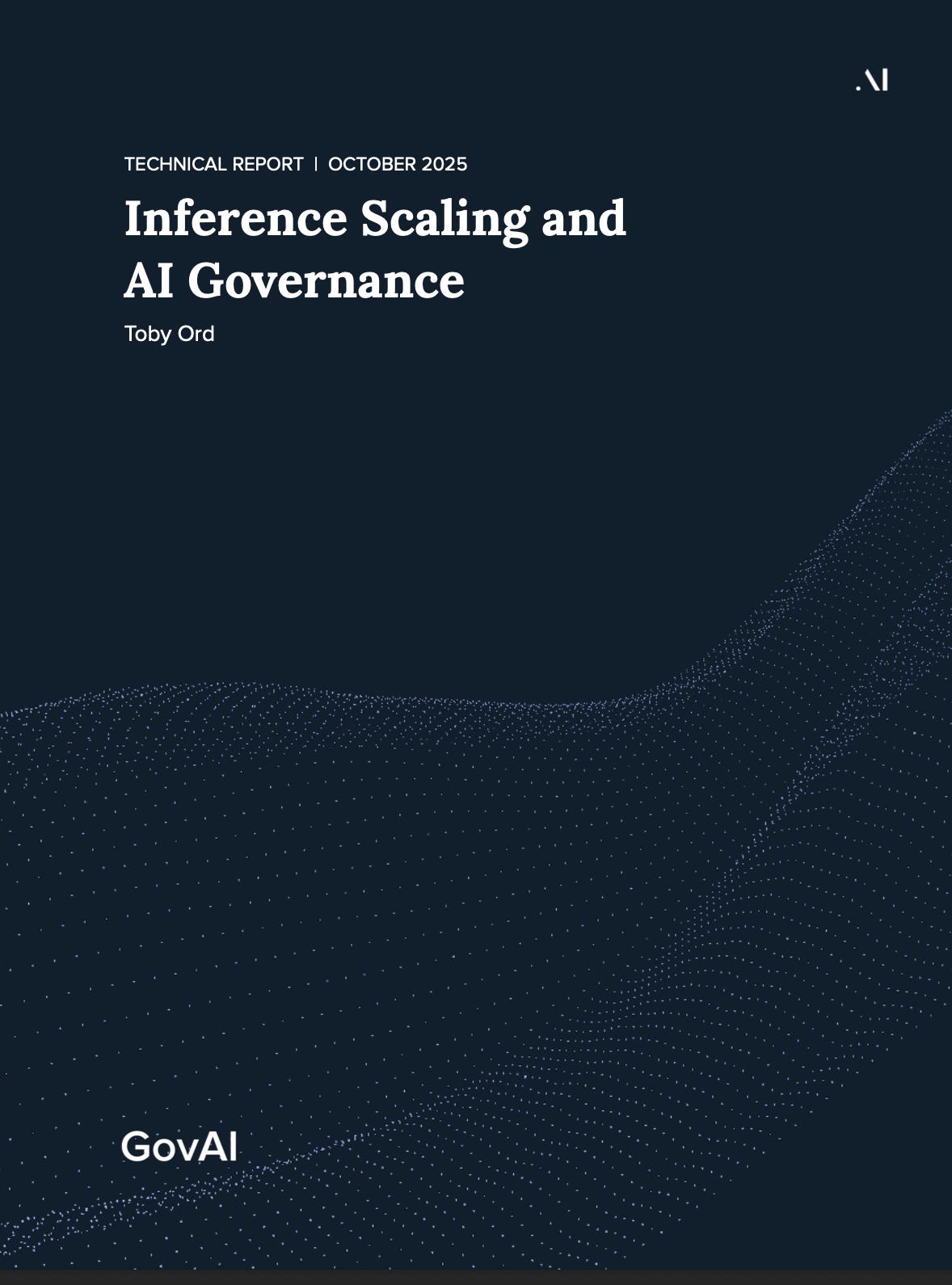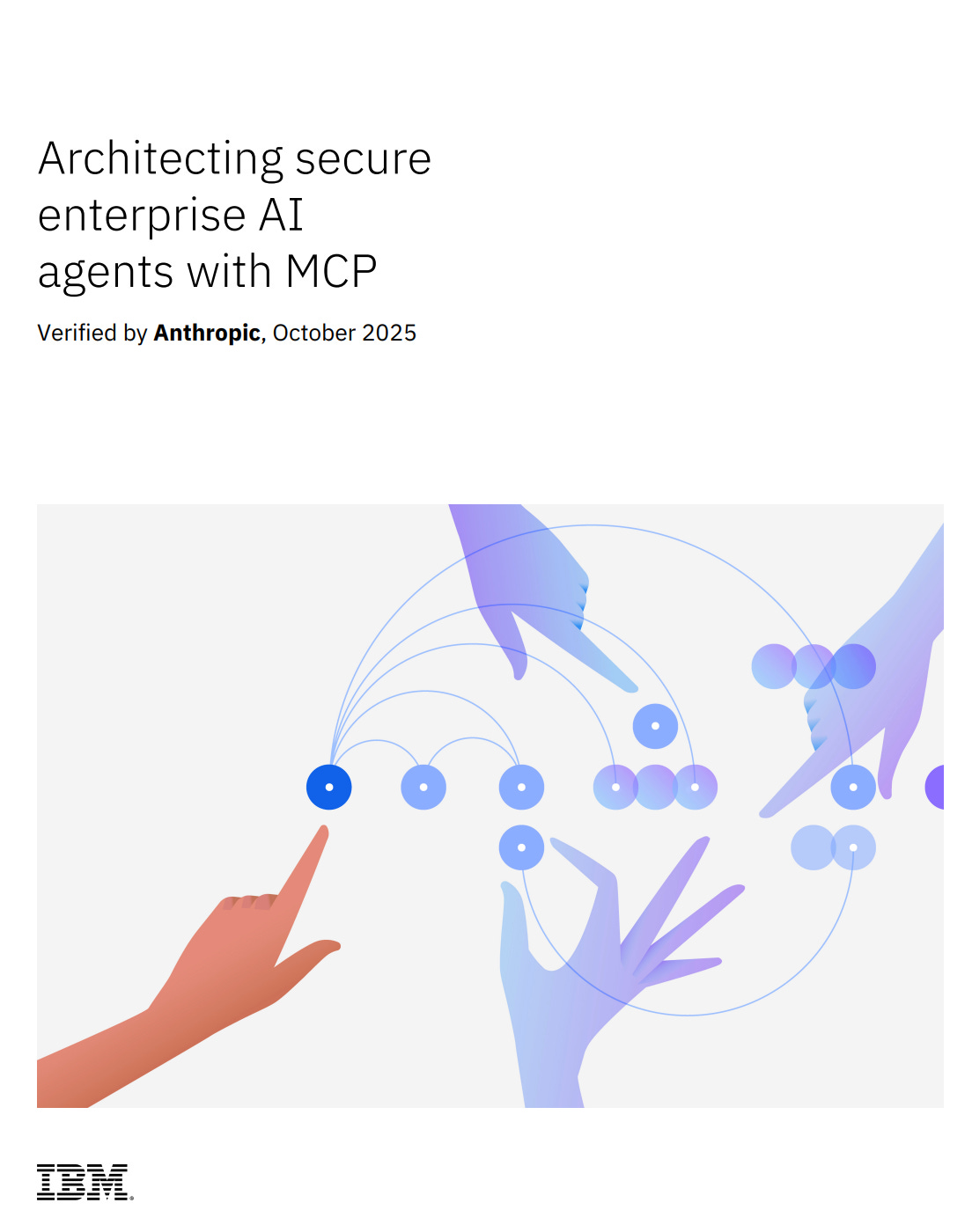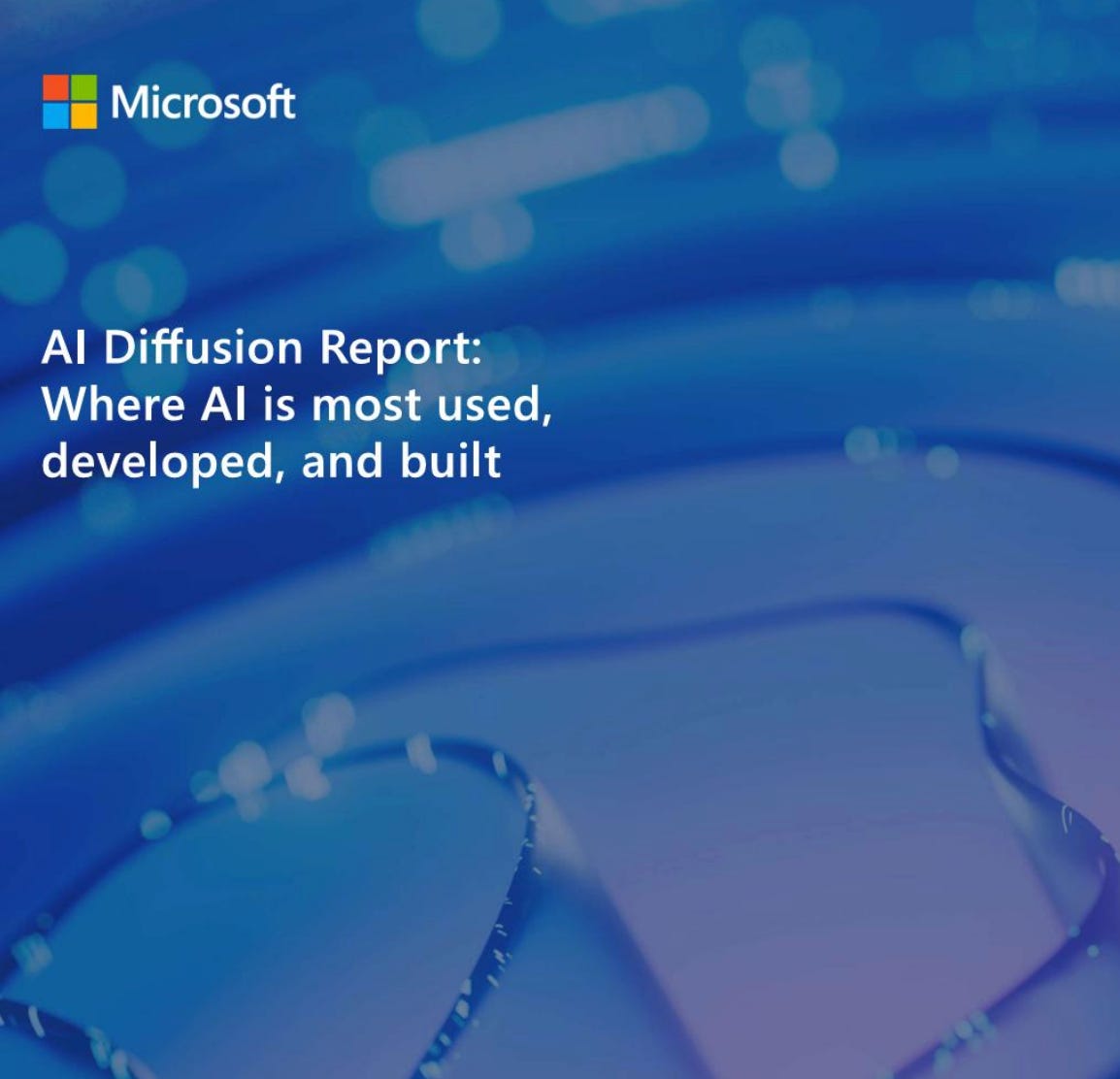This Month’s Reports by TechLetter: October 2025
AI Reports
As we step into November, I wanted to look back at some of the most insightful reports released in October, the kind that quietly shape how we think about AI governance, diffusion, and accountability.
From new frameworks like ISO 42001, offering the first practical roadmap for AI management systems, to Toby Ord’s “Inference Scaling and AI Governance,” which challenges how we define thresholds for frontier models, October gave us plenty to unpack.
This is the first edition of a monthly TechLetter series, where I’ll curate and comment on the most meaningful publications shaping the AI policy and governance landscape — translating dense research into strategic signals for business and policy leaders.
-
1. ISO 42001 Starter Guide — HUX AI (October 2025)
Co-authored by me, this report was developed as an eight-week applied research sprint — designed less as a paper and more as a product. It breaks down the new AI Management System (AIMS) standard into real-world context by building a case study for every clause of ISO 42001, translating abstract compliance language into business-ready workflows.
The guide follows a fictional company, X Corporation, through the full lifecycle of an AI system — from design to deployment — showing how governance, ethics, and risk management can operate as a living system rather than a one-time audit. By mapping each clause to specific roles and decision points, it turns ISO 42001 into an operational playbook for organizations preparing for EU AI Act alignment and third-party certification.
2. Inference Scaling and AI Governance — Toby Ord, Oxford Martin
Toby Ord with GovAI frames how we think about AI scaling, shifting focus from model training to inference compute. The report questions whether existing governance models based on training thresholds can survive this transition, suggesting that power and policy will soon depend more on how AI systems are deployed than how big they are.
3. Architecting Secure Enterprise AI Agents — IBM & Anthropic
IBM’s blueprint, verified by Anthropic, redefines enterprise AI design around agentic architectures. It introduces an Agent Development Lifecycle (ADLC), a DevSecOps-inspired framework to ensure agents remain secure, observable, and governable. The report marks a shift from isolated AI tools to fully governed ecosystems, emphasizing sandboxing, hybrid cloud resilience, and the emerging discipline of agent observability.
4. Assessing Risk Relative to Competitors — GovAI Policy Brief
This policy brief critiques the growing trend of frontier AI firms — including Anthropic, OpenAI, and Google DeepMind — assessing marginal risk relative to competitors. The authors warn that this logic could lead to “risk erosion,” where safety mitigations weaken across the industry through incremental normalization. A subtle but essential reminder: coordination failures can emerge even under the banner of responsible scaling.
If you found this edition useful, pass it along to a colleague, policymaker, or founder who should be following the AI governance story as closely as the technology itself.
5. Microsoft AI Diffusion Report
Microsoft’s diffusion analysis finds that AI adoption is now constrained not by technology, but by organizational maturity. The report identifies that successful diffusion depends on ethical readiness, internal governance, and leadership alignment, not model size. AI capability, it suggests, has become a cultural variable, not just a technical one.
6. Challenges in Assessing the Impacts of AI Regulation — Social Market Foundation
This UK-based think-tank report warns that impact assessments for AI laws remain overly theoretical and disconnected from market realities.
It argues that governments must evolve from measuring risk to measuring adaptation, tracking how regulation reshapes business behavior, innovation incentives, and compliance cultures.
7. International AI Safety Report — First Key Update
This first update since the original International AI Safety Report tracks a clear inflection in frontier model capabilities. The progress no longer comes from sheer model size but from new training and inference-time techniques that teach systems to reason step-by-step. These advances have boosted performance in coding, mathematics, and scientific reasoning, pushing general-purpose AI closer to domain expertise, yet reliability gaps remain, with models excelling at some tasks and failing catastrophically at others.
The report links these gains to emerging dual-use risks, from biological design to cyber-exploitation, and warns that progress in reasoning also intensifies challenges of monitoring, control, and verification. In short, AI capability growth is becoming a governance variable in itself, one that safety institutions can no longer treat as static.
New here? Subscribe to TechLetter to get deep dives on AI governance, ethics, and policy — delivered with context, clarity, and zero hype.










